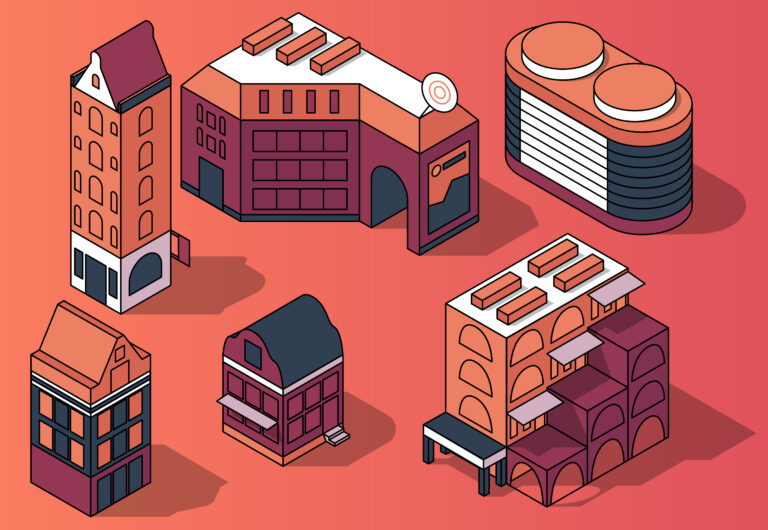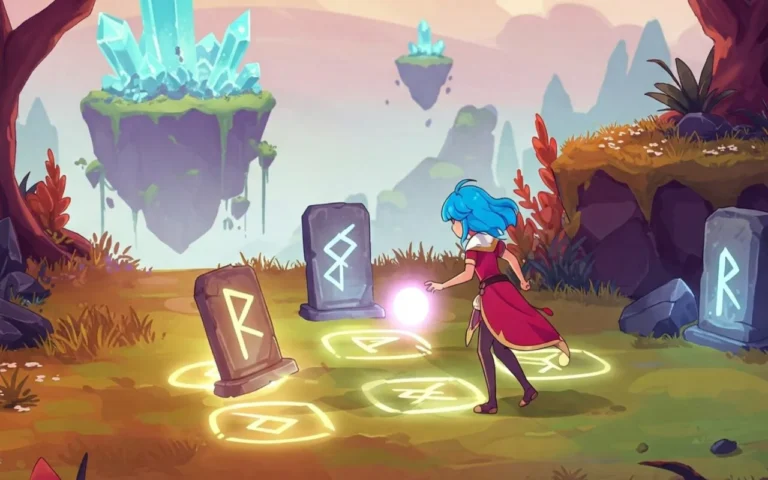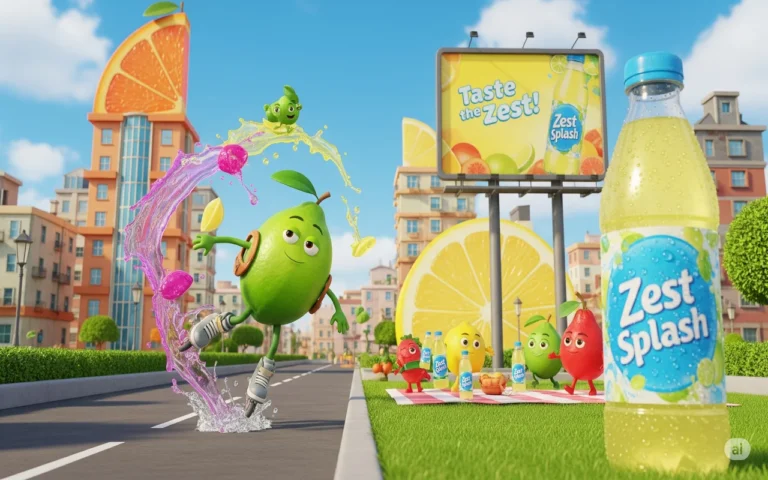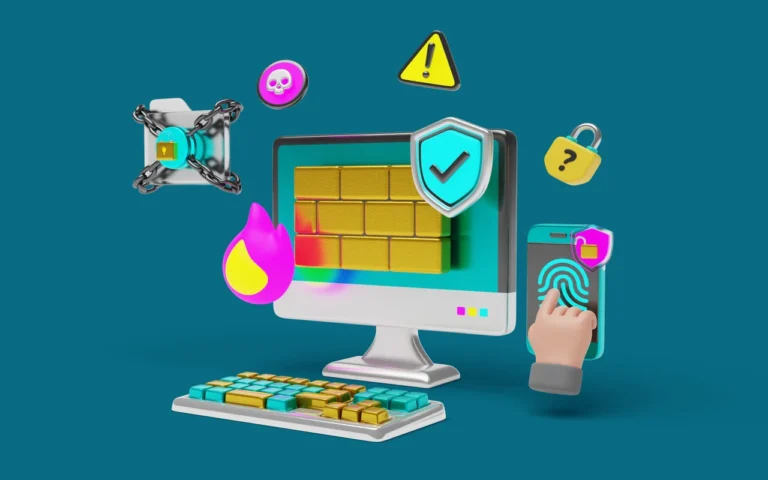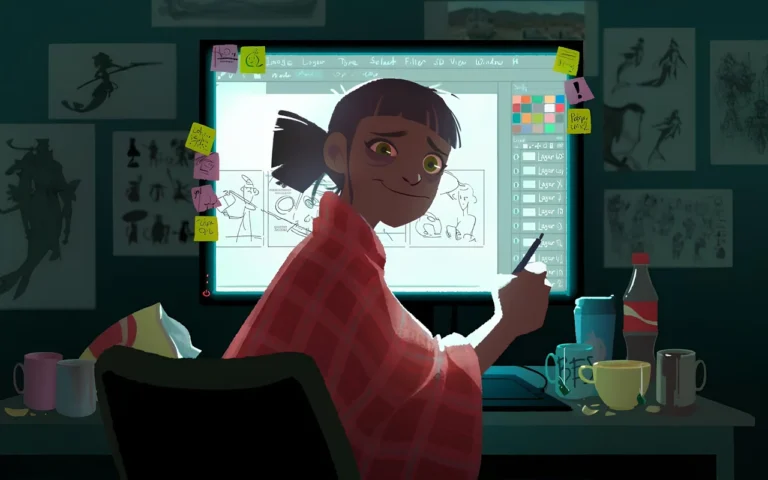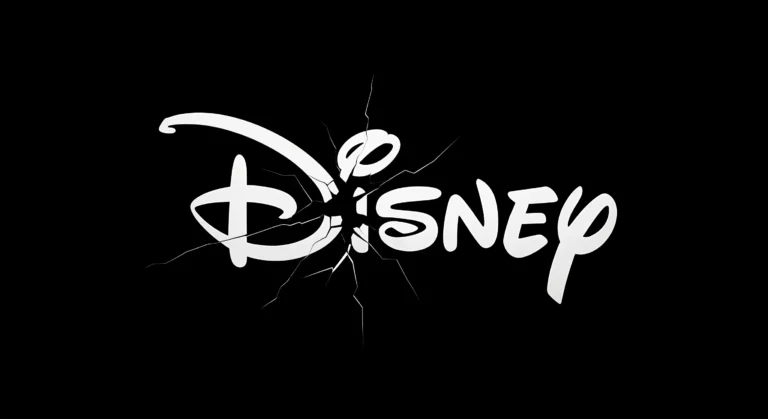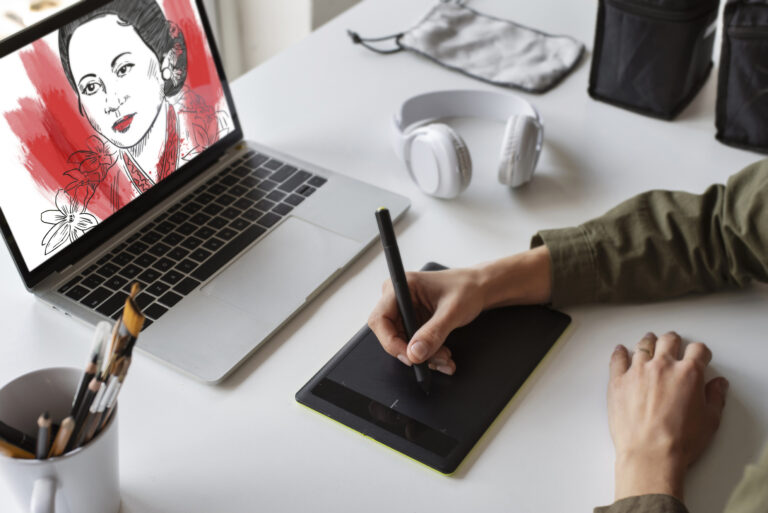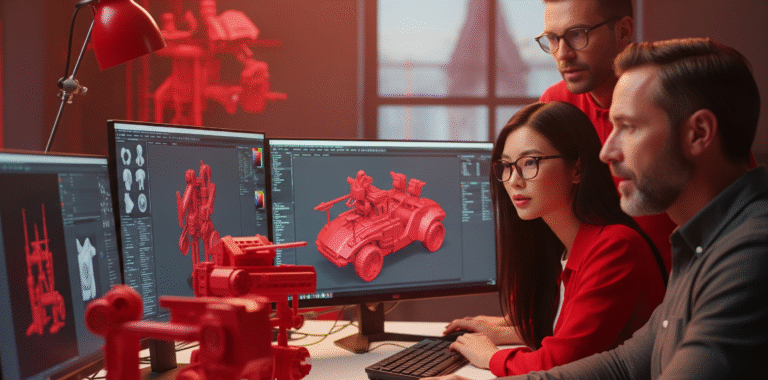What makes an artist instantly recognizable? Their dazzling technical skills? A razor-sharp eye for color? Sure, those help. But all the greats – Van Gogh, Frida, Picasso, Basquiat – carved out unique styles that channel their inner voices. Your art style captures a lifetime of influences and then remixes them like a DJ into a visual language all your own. But finding your creative compass can feel like wandering through a hall of mirrors full of infinite funhouse reflections. Where do you start? How do you sift through endless creative possibilities to uncover your distinctive vision?
Well friend, you’re in the right place. In this guide, we’ll map the methods guiding you toward authentic self-expression as an artist. Here are the methods to help you find your art styles:


Need Game Art Services?
Visit our Game Art Service page to see how we can help bring your ideas to life!
What is an Art Style?
Your art style is what makes you visually recognizable as an artist. It’s the sum of all the artistic decisions that collectively create a look and a feel.
Six Key Elements That Define Your Art Style
- Anatomy – How you depict human or creature bodies: stylized, realistic, exaggerated, or minimalist.
- Coloring Style – How you employ hue, contrast, and saturation. Soft pastels? Radiant primaries? Black-and-white?
- Lineart – How loose, thick, or clean your lines are.
- Shading – Deep, dramatic shadows, warm highlights, or broad flat color blocks?
- Character Design – How you design your characters’ appearance, stance, and attitude.
- Themes – The recurring moods, messages, or stories of your work—whimsical, dark, romantic, etc.
Your style is the combination of all these elements—and more importantly, how you make them your own.
1. Drink Up All Kinds of Artistic Inspiration
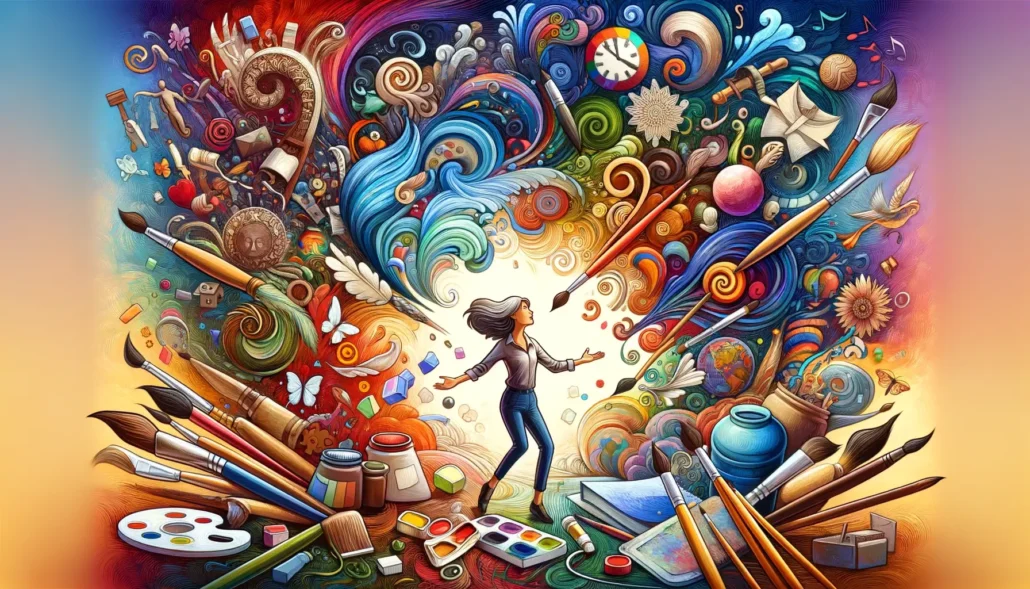
Defining your style means first witnessing the styles of others. Expose yourself widely – drink deeply from all kinds of art across cultures and eras. Contrast the controlled strokes of realism with the wild freedom of abstraction. Soak in minimalism’s negative space next to maximalist baroque flourishes. Immersing in diverse techniques plants seeds in your mind that will organically bloom into brilliant hybrids down the road.
Let your eyes feast hungrily on art magazines, coffee table books, and museum visits. Online archives from heavyweights like The Metropolitan Museum of Art to indie communities like DeviantArt offer endless inspiration. When you discover a painting or sculpture that makes your pulse quicken and imagination surge, add it to your swipe file. Study what specifically draws you in about the composition, palette, textures, and subject matter. Pay attention to your tastes – these innate leanings offer clues about ingredients for your own style.
Equally important is seeking arts beyond the usual fine art canon – street photography, architecture, fashion, furniture design, cultural artifacts, corporate branding, and natural objects. Don’t be a snob – inspiration lives everywhere. Maybe the curve of a well-crafted chair or a clever subway mural ignites your next breakthrough idea. Remain open and keep collecting eclectic inspiration that intrigues you.
2. Pinpoint Your Creative Superpowers
Once you’ve crammed your brain with a kaleidoscope of imagery, patterns should emerge revealing your creative superpowers – certain visual elements, palettes, and styles you’re naturally drawn to again and again. These gravitational pulls offer clues on which artistic directions will feel honest and fruitful.
Maybe your eye fixates on bold geometrics, Art Deco glamour, mythology, machinery, graffiti, indigenous textile patterns…you get the idea. Perhaps soothing minimalist palettes, Art Nouveau curves, or grungy textures always captivate your imagination. Make note of these secret creative addictions. They signify which ingredients your vision naturally aligns with.
Curate an inspiration journal using only images or examples that give you intense sparks. Flip through it often and take inventory of exactly why you’re attracted to each piece. In time, this helps crystallize which stylistic territory best fits your identity as an artist.
Read More: Character Art Styles
3. Artistically Daydream Without Limits
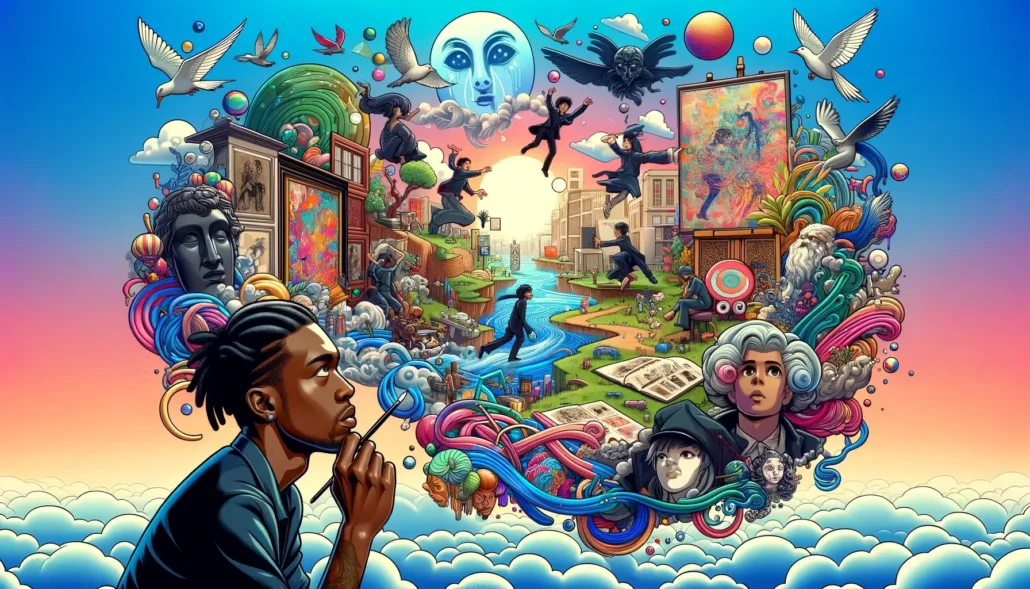
Now that you’ve absorbed a diverse set of inspirations, it’s time for playful thought exercises to pick your brain:
Imagine mashing up styles in innovative ways – blending futuristic anime with Ukiyo-e prints, injecting urban graffiti into Baroque portraits, and fusing 19th-century impressionist landscapes with neon pop art figures. Let these radical combinations short-circuit expectations and push your thinking outside known creative boxes. Make quick sketch visualizations of these zany mashups. It doesn’t matter if they’re imperfect – the goal lays the groundwork for invention.
Here’s another prompt: Envision wildly original new art genres, tools, and movements you could pioneer someday with unlimited resources and creative freedom. Let your mind go wild. Think about how emerging technologies could enable radical new media and ways to experience art. Daydream recklessly about how today’s traditional formats could evolve into the future. Jot down these ideas – they’ll prime your brain for revolutionary leaps when back in the studio.
4. Experiment Shamelessly With Mediums and Techniques
To find your flow, limit self-doubt and preconceptions by experimenting shamelessly with unfamiliar mediums and techniques outside your comfort zone. Are you skilled with graphite pencils? Try a painting class. Never picked up a calligraphy pen? Give it a whirl without worrying about outcomes. The point is to physically explore practices that are foreign to your current strengths.
Pay close attention to how it feels to manipulate different tools and surfaces. Do you love how a paintbrush flows across the canvas? Do your fingers move instinctively when sculpting clay vs. feeling clumsy with wood? Does digital art give you more creative flexibility even if it lacks real-world tactile feedback? Note which mediums feel expressively frictionless as you test the waters.
Don’t be intimidated by professional works in mediums you’re trying as a beginner. Instead, tune inward to observe your own fulfillment and engagement when exploring new creative channels. There are no right or wrong mediums, only matches with your inherent sensibilities. Over time, preferences emerge and bring focus to the most fertile soil for your talents.
5. Sketch and Scribble Daily
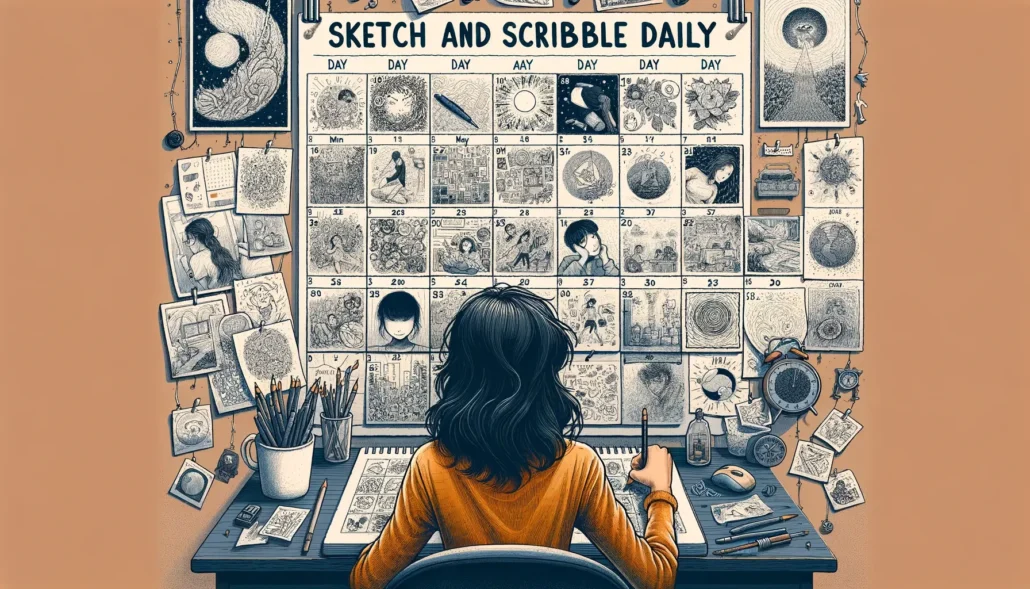
Regularly exercising your creative muscles builds strength and consistency over time like compound interest. Even 15 minutes of daily sketching, doodling, or studies dramatically boost skills and output over months and years.
Set a minimum time each day simply to create without judgment or goals beyond showing up. Treat this window as essential nourishment for your artistic mind rather than something that can be endlessly postponed. Protect it zealously against life’s tendency to dominate your schedule if you allow it.
The medium matters less than momentum – just keep your hands moving regularly. Doodle delicacies on napkins, fingerpaint with kids’ supplies, mold mini figures from Play-Doh or pipe cleaners. Imposing rigid rules and structures at this stage stifles spontaneity. The habit of showing up lays the foundation.
In time, innate preferences rise to the surface as your skills begin operating on autopilot through steady practice. Your hands gain a mind of their own. This builds an intuitive understanding of subjects, tools, and techniques that best channel your vision. But it happens gradually, forming your style only in retrospect. Patience and persistence pave the way.
6. Stockpile Photo Inspiration
Reference photos offer a trove of authentic details, moments, and lighting to kickstart and enhance artworks. Get in the habit of snapping phone photos and videos of intriguing people, places, objects, and textures encountered during your daily life.
Instead of indiscriminate continuous shooting, thoughtfully frame shots with an eye for enticing composition, color, angles, and perspective. Curate your growing image library into themed folders on your laptop like “Fabrics Textures,” “Weather and Storms,” “Interesting Architecture,” “Elder Portraits,” etc. Having these granular references makes discovered moments more accessible when seeking direction for new pieces.
Over time, construct diverse catalogs tailored to your unique interests. Become a visual hoarder – you never know what detail might inspire something new down the road! Treat photo references like raw materials to help build observational skills and ignite creative possibilities.
7. Digital Detox to Stay Original
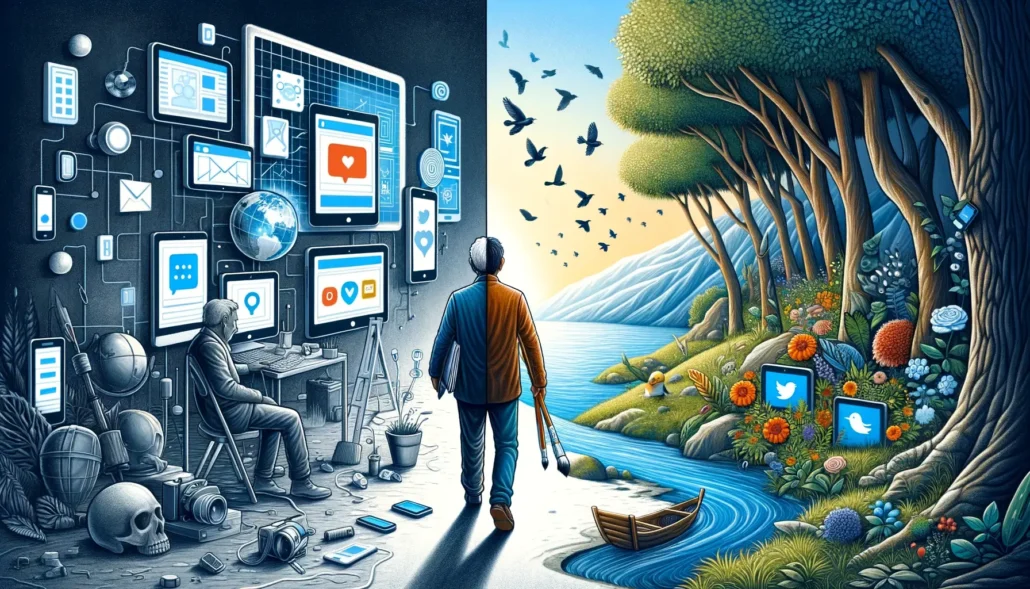
Today’s hyper-connected world offers an overwhelming firehose of external influences through endless social media feeds and browsing. Consuming infinite inspiration can easily lead to crippling creative comparison and stagnation. While references benefit art, beware of digital dependency.
Remember that your most powerful ideas arise from introspection, lived experience, and tapping your unique inner world and imagination. Set limits on consumption to stay focused on output. Take regular digital detoxes – turn off notifications, ditch references, and spontaneously create straight from your mind. Escape outside and paint en plein air, relying only on your organic surroundings.
Find a balance between absorbing external stimulation and listening to your inner creative voice. Overindulging reference material leads to derivative work. But ignoring inspiration risks stagnation. Learn to fluidly navigate both channels to nurture your most original concepts and style.
8. Critique and Feedback Refine Style
Artists who create perpetually in isolation inhibit their stylistic growth. Inviting constructive criticism from instructors, mentors, and peers provides an invaluable outside perspective impossible to achieve alone. Hearing honest impressions of your art helps illuminate strengths to push further as well as weaknesses to address in improving techniques.
The key lies in intentionally separating your ego and identity from the work itself when receiving critique. Feedback on art never defines you as a person. Approach challenges with a growth mindset. External criticism offers guidance for enhancing your core vision, not undermining it.
Discuss conflicting viewpoints on your work to gain collective clarity. Integrate only advice aligned with your creative goals. Over time, filtering external feedback against your true north helps refine both style and conviction in equal measure. And that leads to boldly original art that stays true.
9. Define Your Creative Purpose
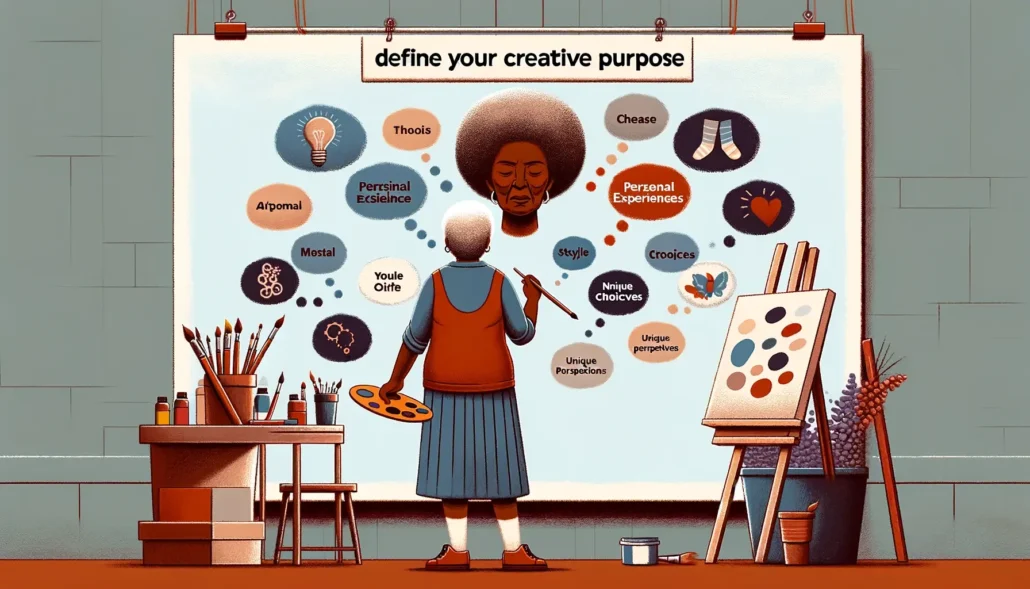
As your skills progress, regularly check that your style aligns with your deeper creative purpose and message. Impactful art expresses clear ideas, beliefs, or emotions. Treat style choices as tools to fulfill higher aims.
Ask probing questions to crystallize intent: What specific feelings and concepts do I want my artwork to resonate with viewers?
Which personal experiences or social issues could my unique style shed light on? What underappreciated perspectives could my art voice?
Then intentionally filter stylistic decisions moving forward based on that inner creative purpose. Style grounded in conviction speaks volumes without a word.
10. Most Importantly, Trust Your Gut!
For all the specific steps, finding your style remains a messy, nonlinear adventure directed by intuition. Learn to trust those in-the-flow sparks unique to you even if unconventional. Follow what magnetizes your curiosity and passion in the moment.
When instinct conflicts with pre-ordained rules or advice, go with your gut and discard the rules. Forget the textbooks. You are the artist after all – create work that makes YOU come alive. Forge your own path guided by an inner voice only you possess.
Creation requires playfulness – stay open to inner creative evolution throughout your life. “Finding your style” is lifelong homework. Artistic voice gains nuance with age as we change. But stay humble, and keep learning. Create focused work anchored in purposeful intuition. Sooner than later, your style will find you.
5 Styles of Art
To create your own style of art, it is best to go through the existing styles and observe which ones resonate with you. Seven of the great styles are listed below:
- Modern Art
Modern art ran from the 1860s to the 1970s. It encompasses numerous movements including Impressionism and Cubism. It tends to be about abstraction, vibrant colors, and intellectual themes.
- Abstract Art
Abstract art uses color, shape, and texture to express feeling and thought without a rendering of reality. It’s expressive, interpretive, and not literal.
- Expressionist Art
Expressionism, mood and feeling-oriented, illustrates the inner life of the artist. Think: thick brushstrokes, twisted forms, and screaming color.
- Realism
True to its name, realism illustrates the world as it is—with detail and accuracy. It’s concerned with accurate-to-life proportions, lighting, and textures.
- Pop Art
Pop art is the convergence of popular culture and high art, utilizing the use of everyday objects, portraits of celebrities, and comic-book imagery. It is colorful, iconic, and often ironic.
Still Struggling to Find Your Focus? Try These Tips
Finding your own style could be a process. If you’re at a standstill, then just give the following steps a shot:
- See Patterns in Past Work
Look at your previous work. Do you have recurring themes, color palettes, or shapes? Those are usually the indications of your emerging style.
- Attend Online Courses or Take Part in Creative Groups
Websites like Skillshare, YouTube, or art Reddit communities allow you to practice and learn from others. They can expose you to new styles that resonate with you.
- Take Criticism from Family or Friends
There are times when other people will see what you don’t. Ask a trusted family member or friend: “What do you see of my art?”
Ask Yourself These Questions
Self-examination is one of the best ways to discover and nurture your own unique type of art. Utilize these questions to stimulate awareness:
- Are your subjects realistic or stylized and representative?
- What color range do you seem to gravitate toward?
- Do you prefer detailed work or a minimal approach?
- How complex are your subjects—entire scenes or discrete details?
- Do you leave the background blank or produce a blended wash?
- Are there recurring motifs or icons in what you’re doing? (e.g., stars, whirls, dots?)
- How do you add texture? Do you try drips, blooms, salts, or drybrushing?
Grouping these answers can help you identify your tendencies and feel more at ease about the areas you want to highlight.
Time to Create the Impossible
Armed with inspiration, medium knowledge, and introspection, you now contain every tool needed for liberation. What remains is simply to start creating prolifically. Silence inner doubting voices about ability, and express without judgment.
Let the workflow without fixating on outcomes. Your style naturally emerges through the simple act of moving your hand across a page or canvas guided by instinct. Follow curiosity, take risks, but also appreciate the process over results. Fall in love with boldly making again. Then make some more. Hundreds of paintings and doodles lay the foundation for your first masterpiece.
The quest for self-expression ultimately follows no textbook syllabus. But I hope these creative guiding lights illuminate possible pathways through the twisting labyrinth toward bold self-expression. May you distill all that inspires you into a visual dialect all your own. A style that resonates uniquely. Now let’s get creating! Art waits for no one.
